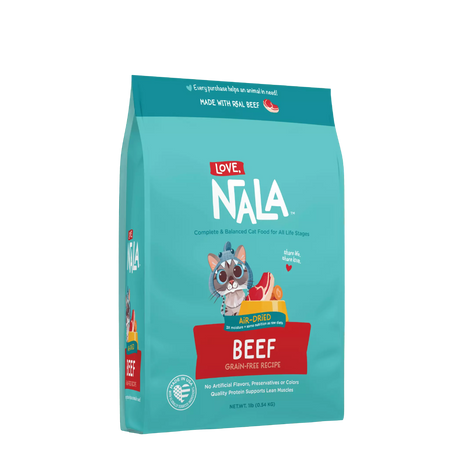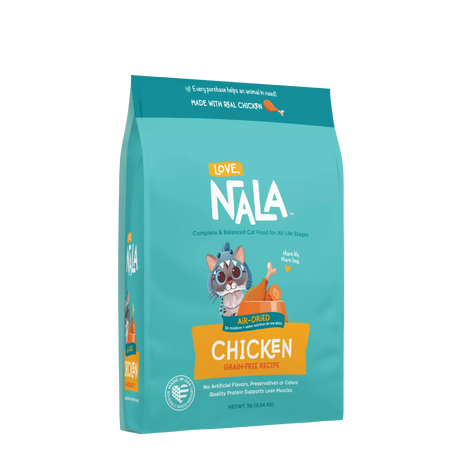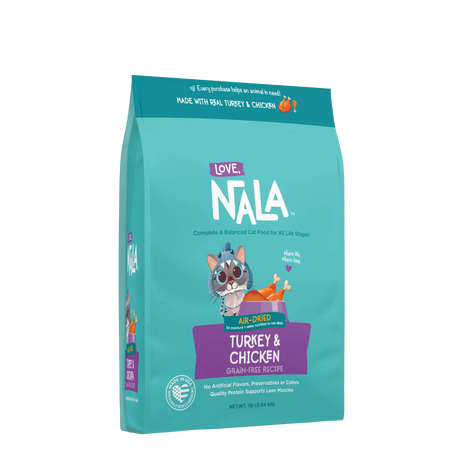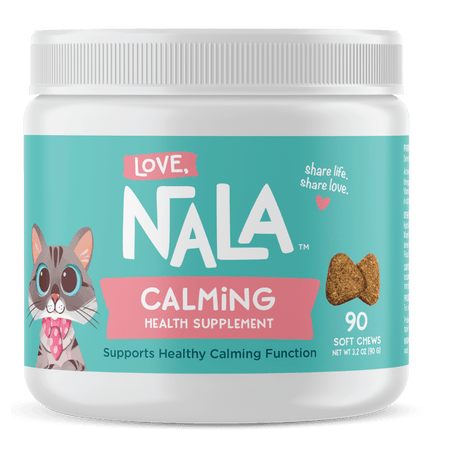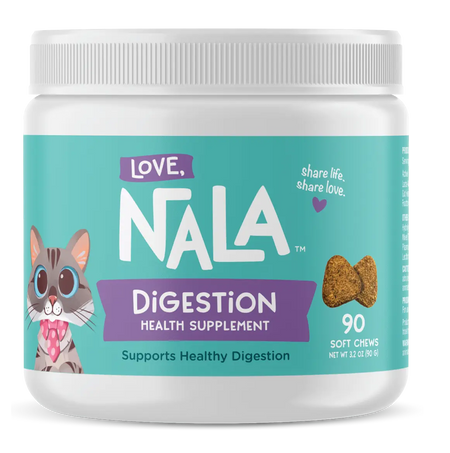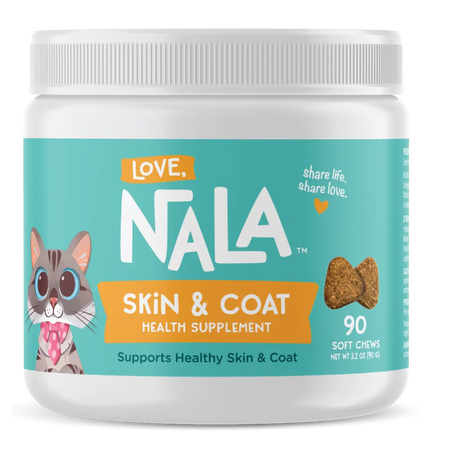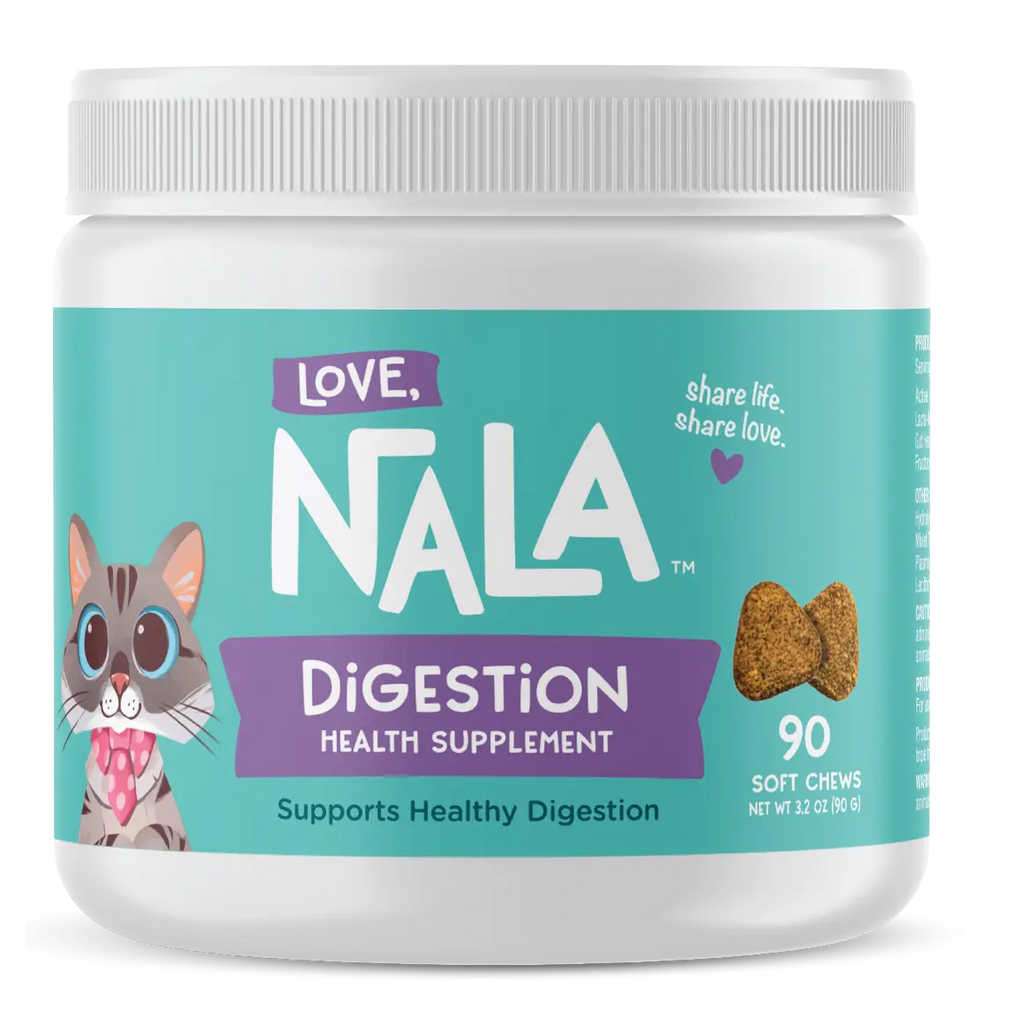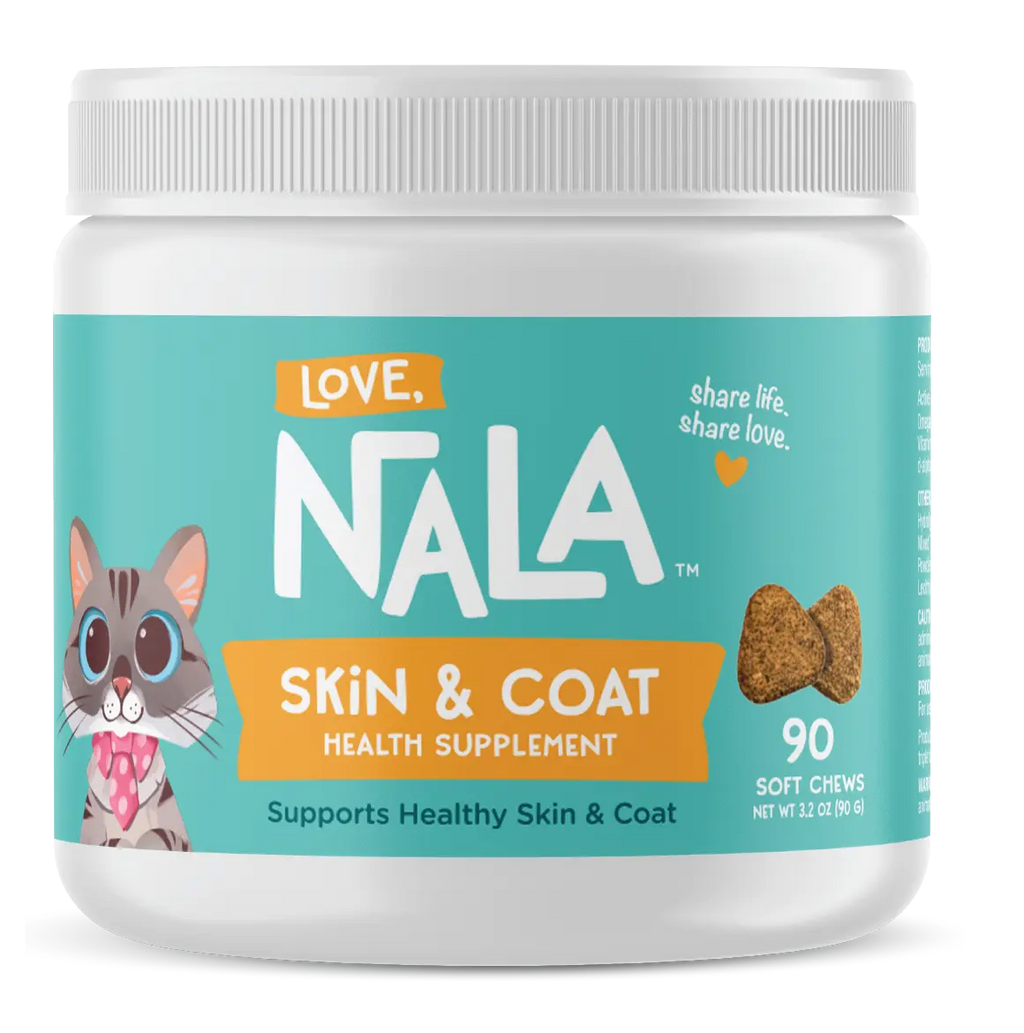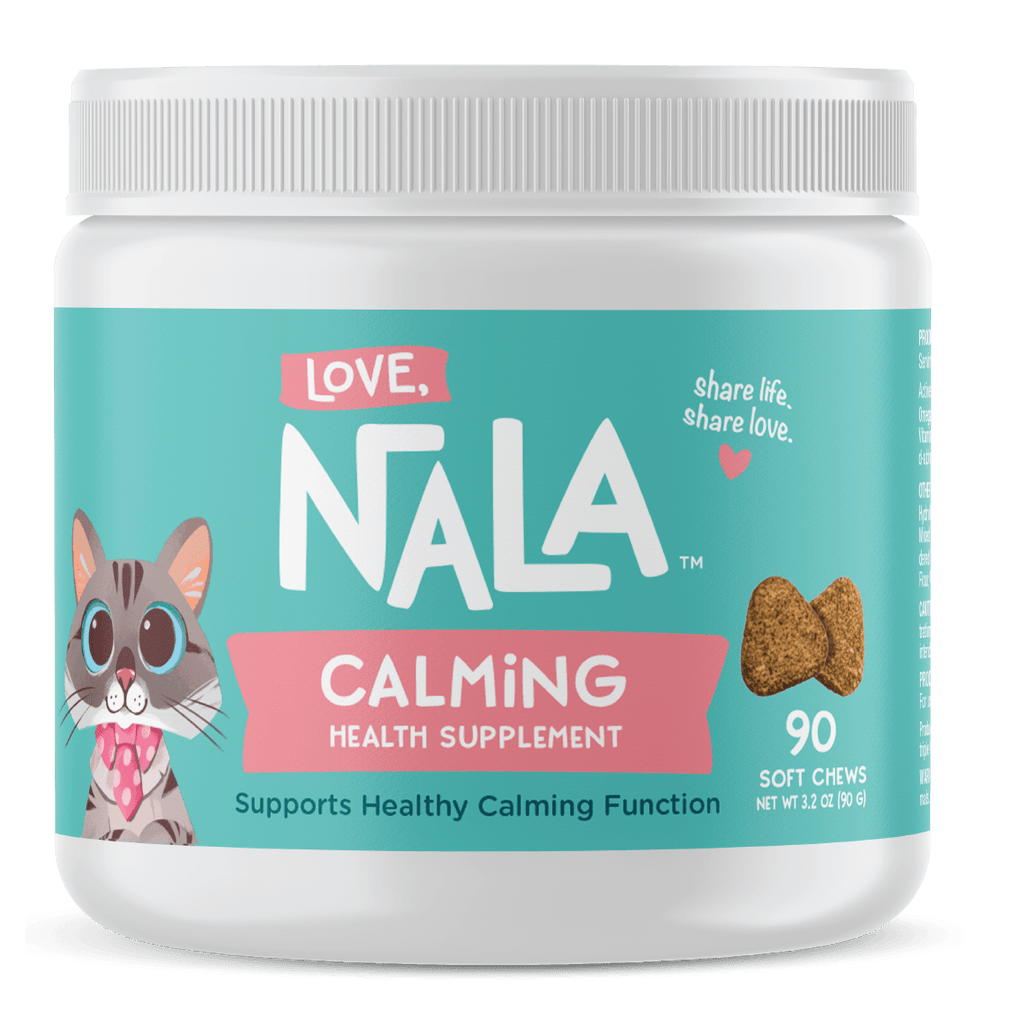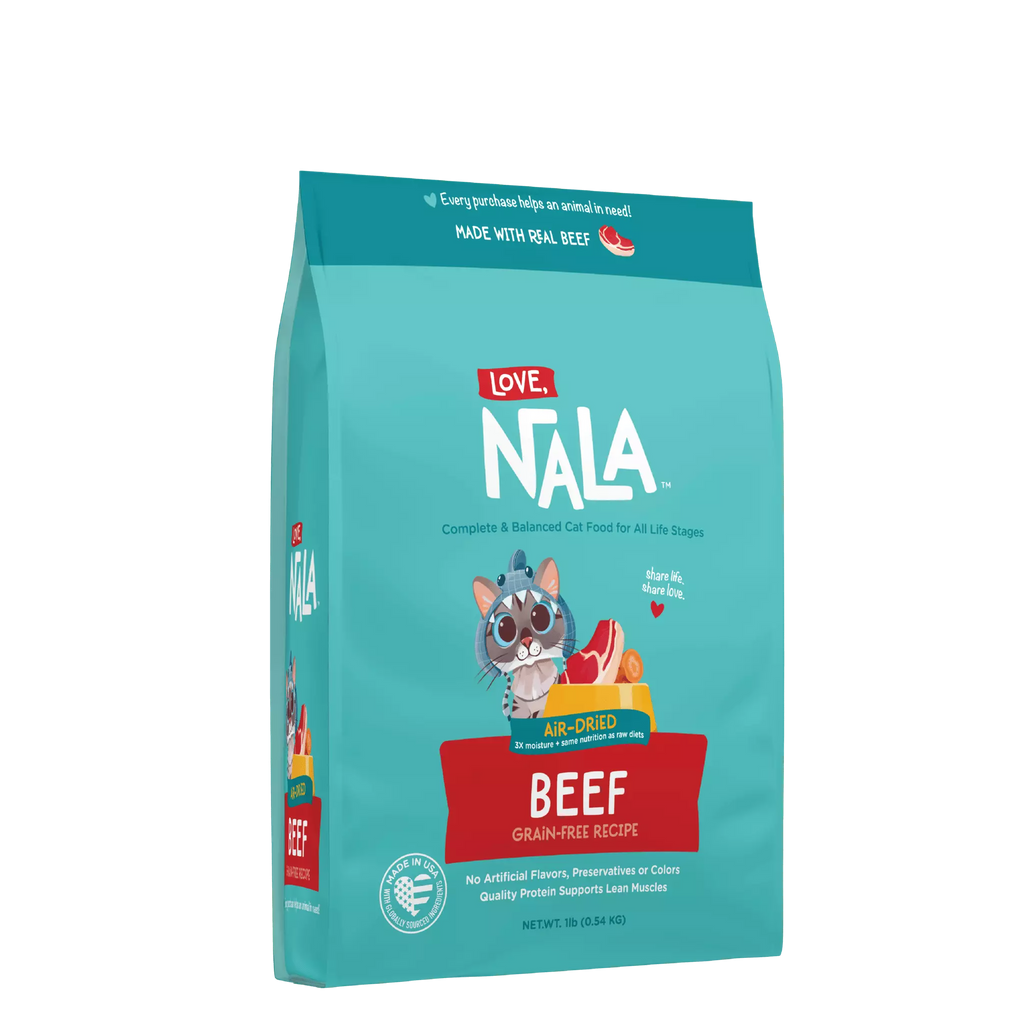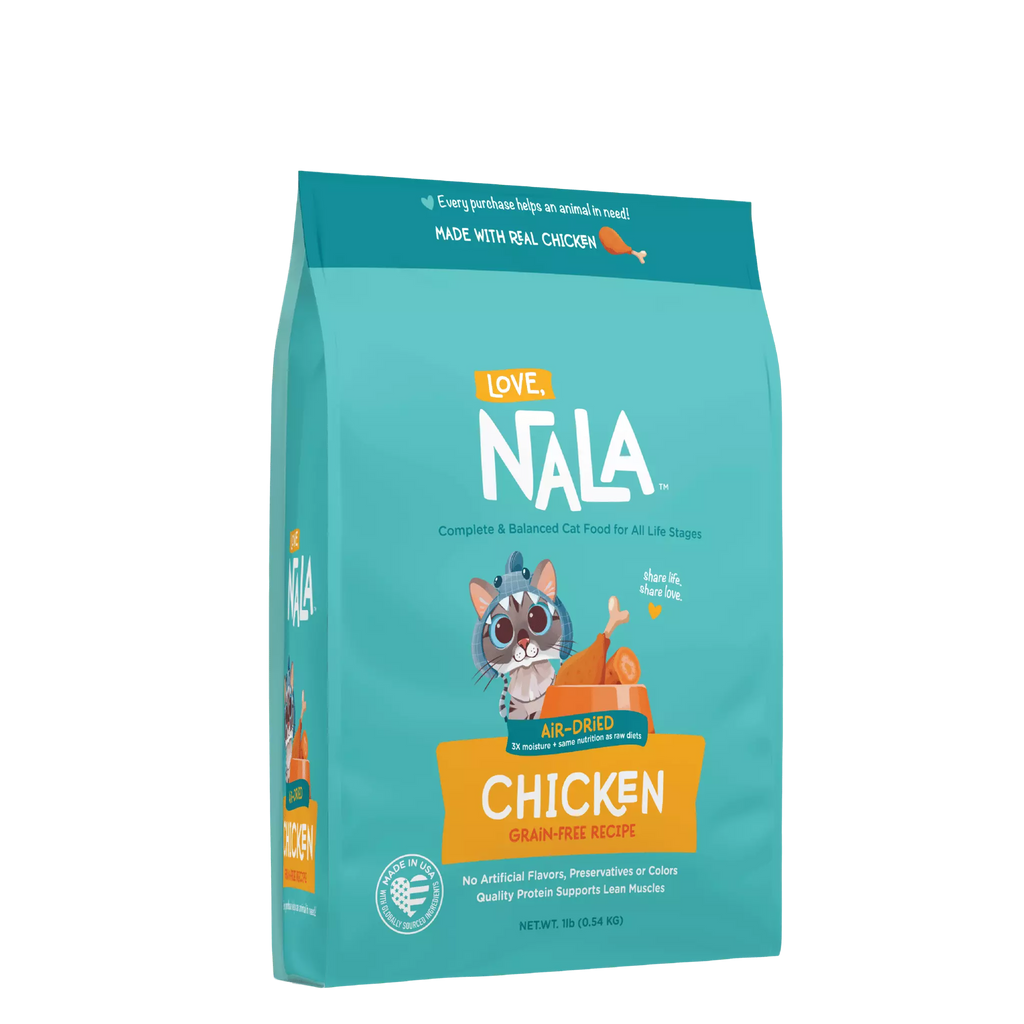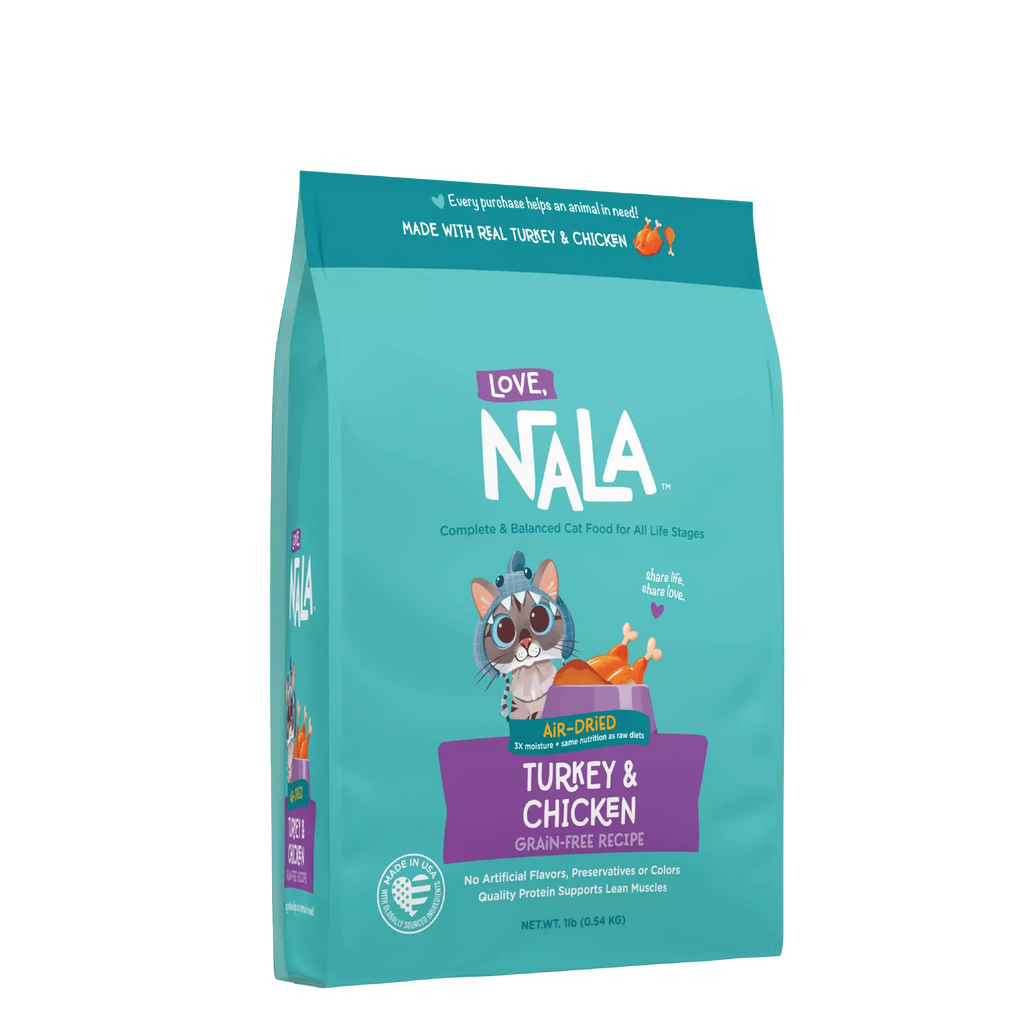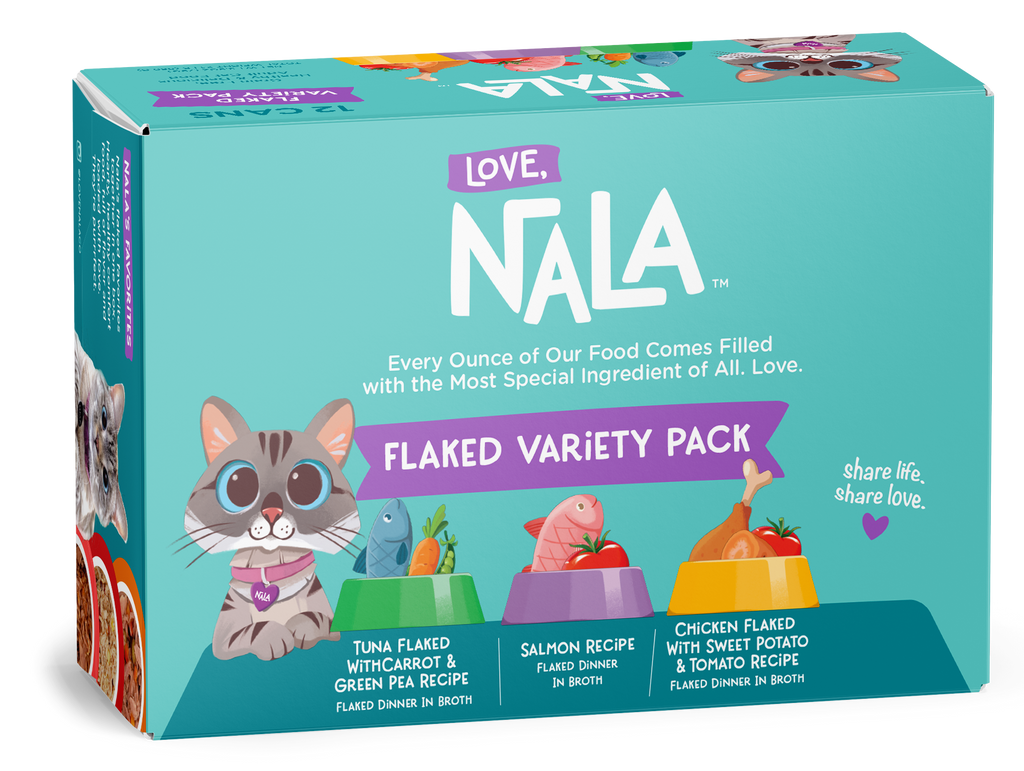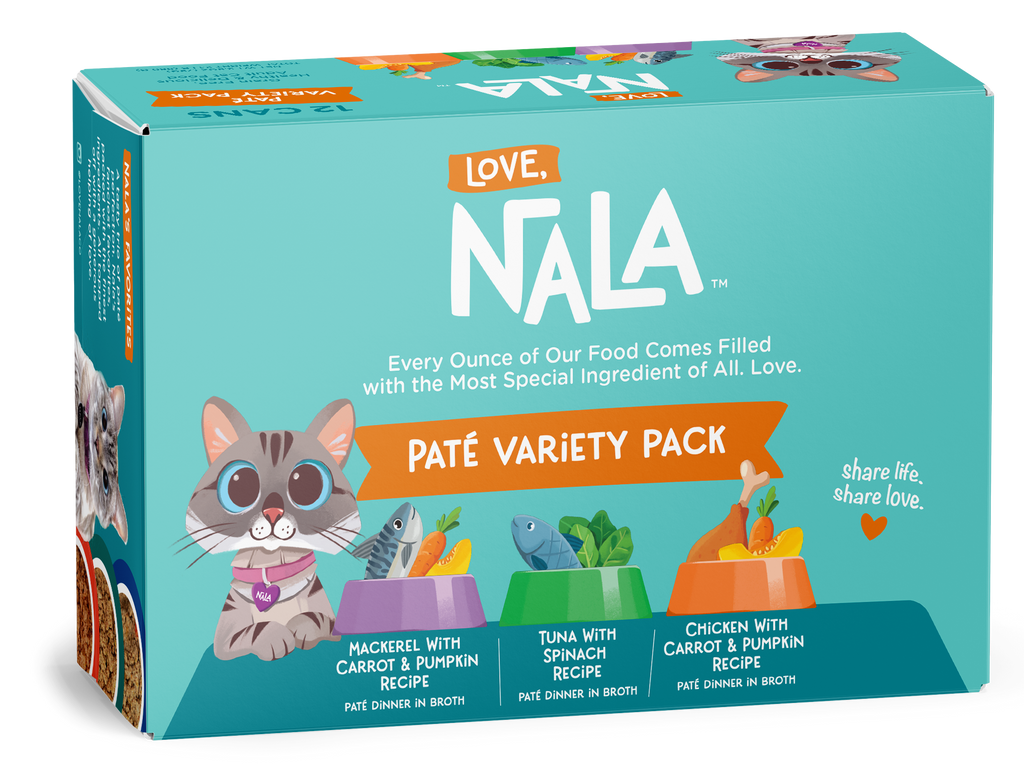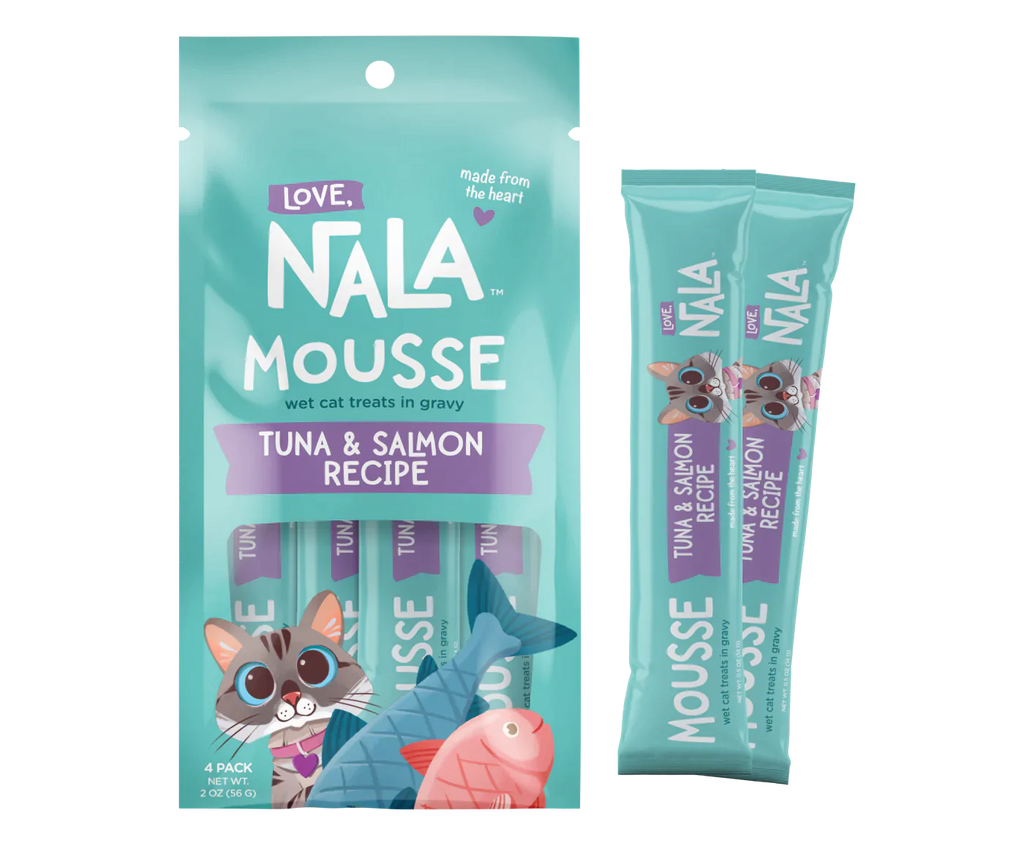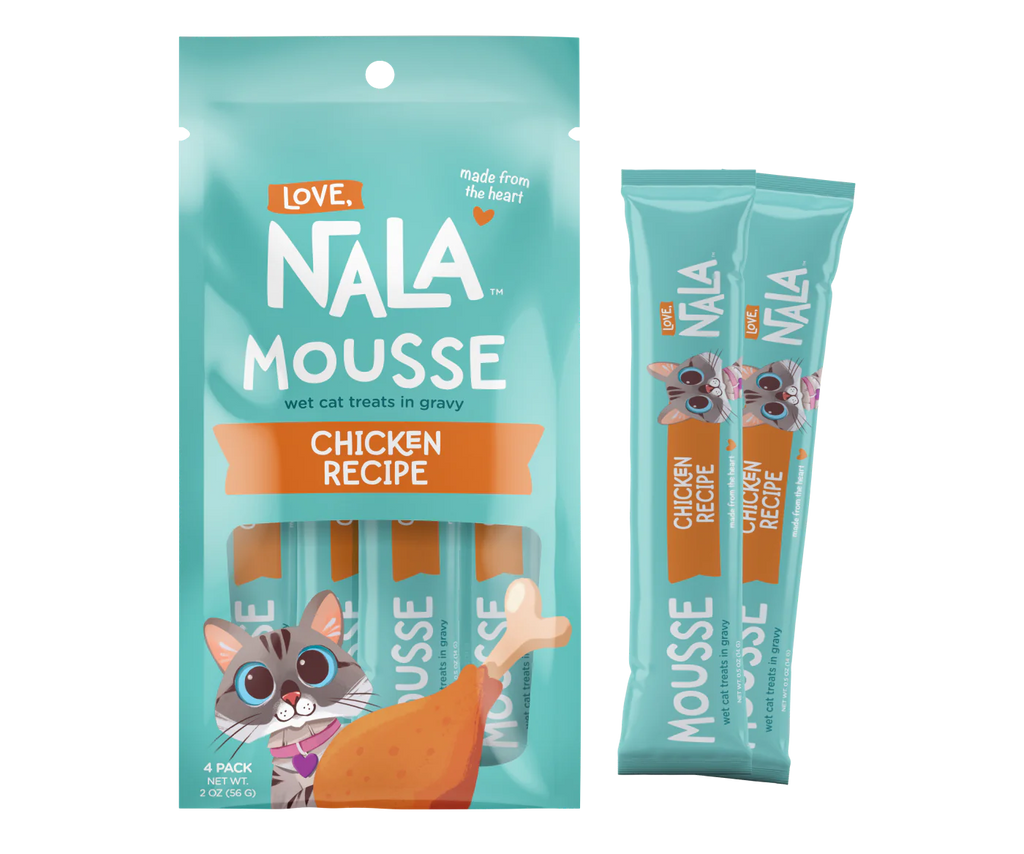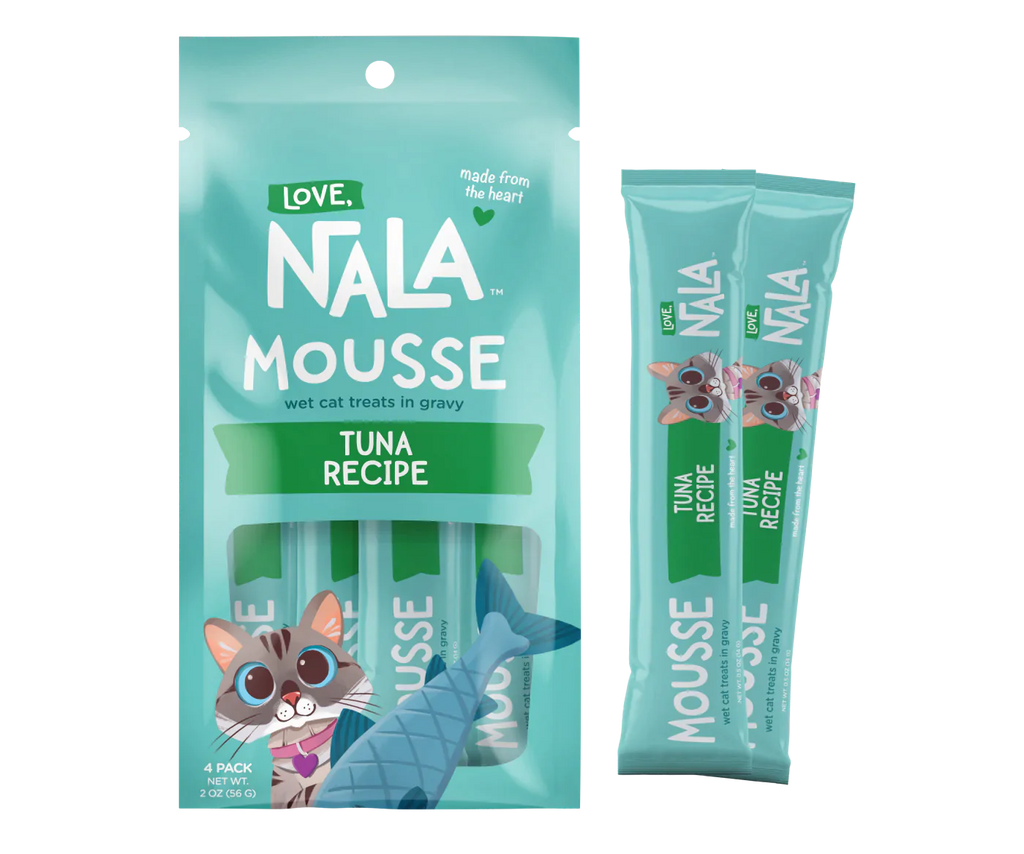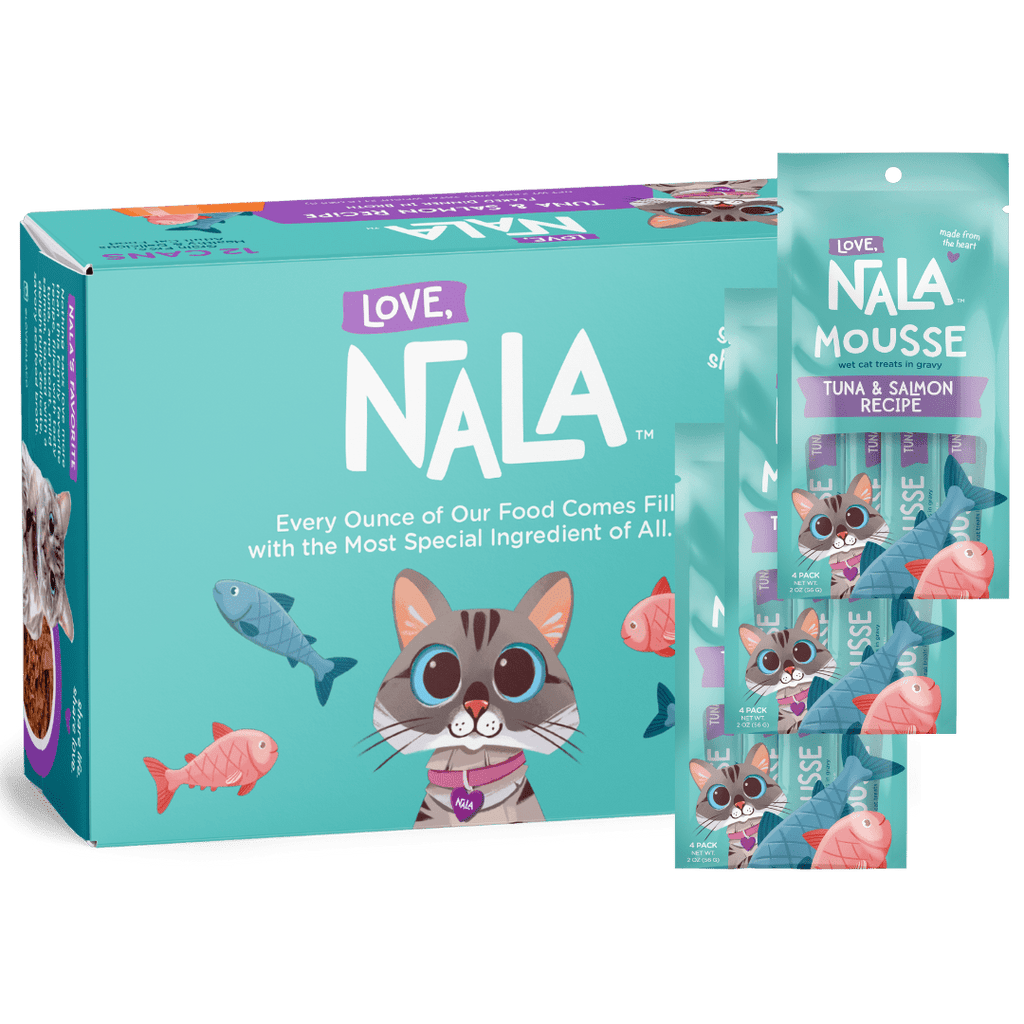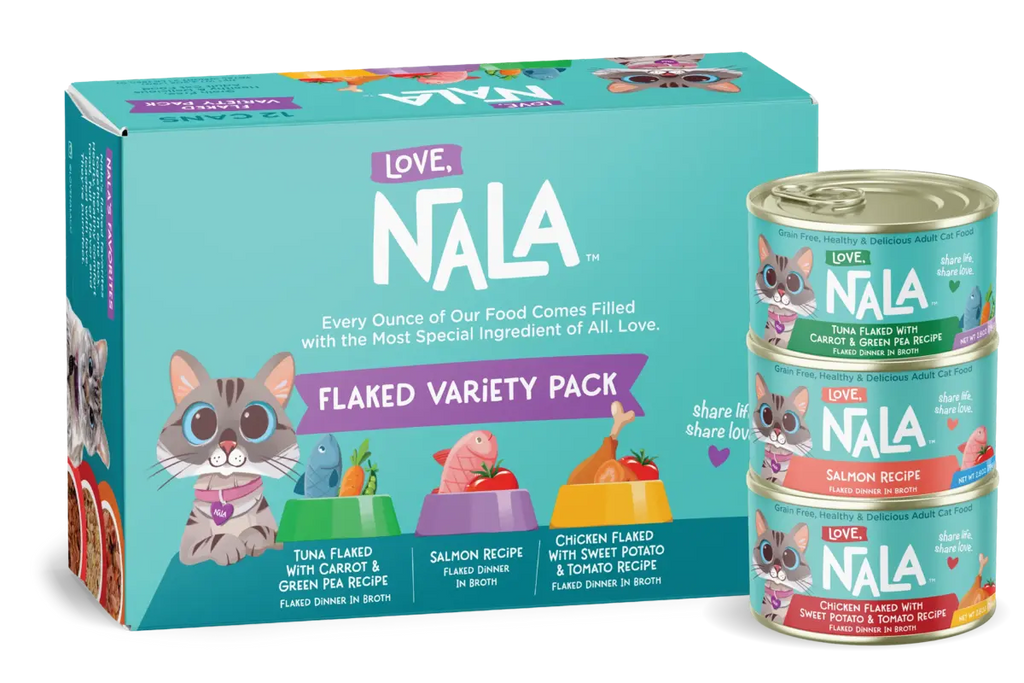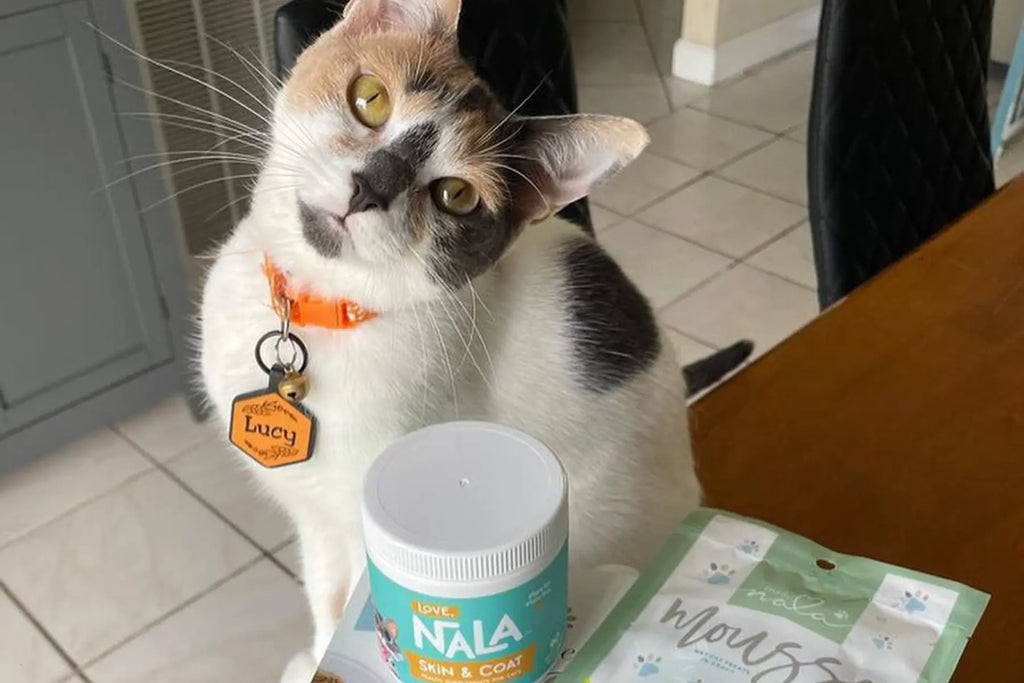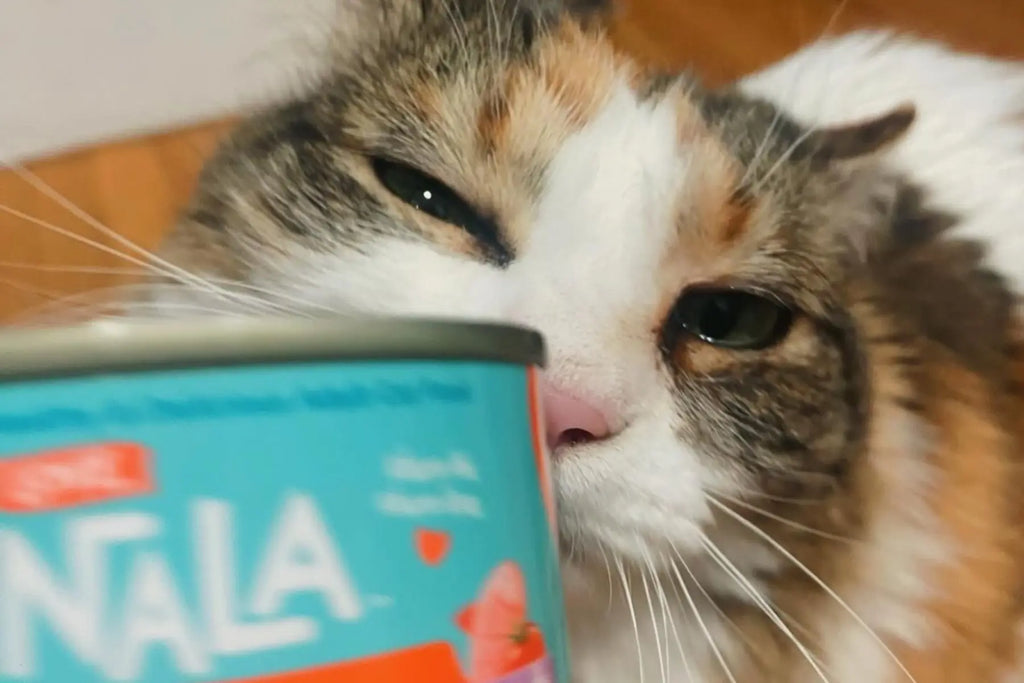Understanding the different life stages of a cat is crucial for providing optimal nutrition that meets their changing needs. Much like humans, cats require different nutrients in varying amounts as they grow from kittens into adults and eventually into their senior years. This journey, categorized into three primary life stages: kitten, adult, and senior, demands a distinct approach to feeding to ensure they are receiving the best diet for cats. Adhering to age-specific nutritional guidelines is key to promoting a long, healthy, and vibrant life for your feline companion.
Providing an age-appropriate diet goes beyond merely keeping your cat full. It's about promoting health, and vitality, and preventing age-related health issues. A well-thought-out, life-stage-specific diet can significantly impact your cat's immune system, energy levels, and overall well-being. The best diet for a cat is one that evolves with them, addressing their changing nutritional and caloric needs, thus preventing obesity, malnutrition, or other health issues related to poor diet.

Transitioning your cat to a different life-stage diet should be a gradual process. It's essential to recognize the signs that your cat is ready to transition, such as changes in activity levels, weight, or health issues. Gradual transitioning helps your cat adjust to the new diet without upsetting their digestive system. It also allows you, as the owner, to monitor your cat’s reaction to the new diet, ensuring it meets their nutritional needs and doesn’t cause any adverse reactions.
Nutritional Needs of Kittens
Growth and Development
Kittens are bundles of energy, growing rapidly and exploring their world with boundless curiosity. Their nutritional needs are significantly higher in comparison to adult cats. Protein is a crucial nutrient for kittens, aiding in their growth and development. A kitten's diet should be rich in high-quality protein to support muscle growth and development. Essential nutrients such as vitamins, minerals, and amino acids are crucial for a kitten’s developing immune system, bone health, and overall well-being.
Energy Levels
The caloric intake of kittens needs to be adequately balanced to support their high energy levels. Their playful antics and rapid growth demand a diet rich in calories to sustain their energy and promote healthy development. Balancing energy levels with nutritional intake is essential to ensure that kittens have the fuel they need to grow and thrive, making a healthy cat food choice imperative for their sustained energy and health.
Selecting Kitten Food
Choosing the right food for your kitten is pivotal in setting the foundation for a healthy life. Look for ingredients that are easily digestible and rich in protein, like chicken, turkey, or fish. Popular kitten diet brands often have a variety of options to cater to different preferences and nutritional needs. Consulting with a veterinarian can also provide valuable insights into the best food choices for your kitten, ensuring they receive the necessary nutrients for a healthy start in life.
Adult Cat Nutrition
Maintaining a Healthy Weight
As cats transition from the playful kitten stage into adulthood, their energy levels may decrease, and their metabolism can slow down. This new phase requires a careful balance of nutrients to maintain a healthy weight and prevent obesity. Adult cats need a well-portioned diet that satisfies their hunger while providing the necessary nutrients without excess calories. Healthy cat diets are essential in promoting an ideal body condition, which in turn supports their overall health and longevity. Consulting with a veterinarian can provide insight into the caloric needs of your cat, aiding in the establishment of a feeding routine that promotes a healthy weight.
Metabolism
The metabolic rate of cats can vary with age, size, and activity level. As they transition from kittenhood to adulthood, their metabolic rate typically slows down, necessitating a change in their diet to prevent weight gain. Adjusting the dry cat food diet or wet food portions, or even choosing a different formula with a lower calorie content while maintaining essential nutrients, can help cater to metabolic changes. Monitoring your cat's weight and consulting with a vet can provide guidance on adjusting the diet to meet the metabolic needs of your adult cat, ensuring they remain active and healthy.
Dietary Variety
Introducing a variety of foods can be beneficial for adult cats to ensure they receive a broad spectrum of nutrients. Dietary variety can include rotating between wet and dry food or introducing high-quality commercial food that meets the cat food dry diet or wet preferences of your cat. Ensuring a balanced diet while introducing new foods gradually can help prevent digestive upset and promote acceptance of different food types. This variety also can help prevent dietary boredom and ensure that your cat is receiving a well-rounded intake of essential nutrients.
Senior Cat Dietary Requirements
Metabolism in Senior Cats
Senior cats experience a further slowdown in metabolism along with a decrease in activity levels. This phase of life may also bring about chronic health conditions that can affect their dietary needs. Adjusting the caloric intake to match their reduced energy expenditure while ensuring they still receive all essential nutrients is crucial. A high fiber cat diet may aid in managing weight and promoting digestive health. Regular check-ups with a vet can help monitor your senior cat’s weight and adjust their diet accordingly to maintain a healthy metabolic balance.
Joint Health and Other Age-Related Conditions
Managing the health of senior cats involves a proactive and nuanced approach, especially as they become more susceptible to a range of age-related conditions. Below are detailed strategies for addressing some of the most prevalent health concerns in senior cats:
- Joint Health: Arthritis is a common affliction in older cats, leading to pain and reduced mobility. Supplements containing glucosamine and chondroitin are highly beneficial for supporting joint health and improving mobility. These supplements work by aiding in the repair of damaged cartilage and reducing inflammation, offering a natural approach to pain management. Incorporating these into your cat’s diet can significantly alleviate arthritis symptoms, enabling a more active and comfortable lifestyle for your senior cat.
- Kidney Support: Kidney disease is another prevalent issue among senior cats, often exacerbated by diets high in phosphorus. To mitigate kidney strain and slow the progression of kidney disease, opt for cat foods that are specially formulated to have lower phosphorus content. These diets help maintain kidney function by reducing the workload on these vital organs, thereby potentially prolonging your cat’s life.
- Dental Care: Dental health issues, including gum disease and tooth decay, can significantly impact a senior cat’s quality of life, leading to pain and difficulty eating. Choosing diets designed to promote dental health can play a crucial role in preventing these conditions. Some cat foods are specially formulated to reduce plaque and tartar buildup, while others are designed to encourage chewing, which naturally helps clean the teeth.
Addressing the specific health needs of senior cats through targeted dietary adjustments is key to ensuring they lead comfortable and fulfilling lives. Each cat is unique, and their care plan should be tailored to match their specific health requirements and lifestyle.

Selecting Senior Cat Food
When it comes to selecting food for your senior cat, looking for high-quality ingredients that are easily digestible is essential. As mentioned previously, senior cat food formulas often have added supplements to support joint health and may have a different balance of nutrients to cater to their changing needs. Popular high protein cat food brands can provide the necessary protein to support muscle mass while being gentle on their digestive system. Consulting with a veterinarian and possibly exploring vet-recommended brands can ensure that your senior cat receives the nutrients they need to support their health during their golden years.
Special Diets and Considerations
Hypoallergenic Diets
Cats, much like humans, can suffer from allergies and sensitivities to certain foods, leading to a range of symptoms from skin irritations to gastrointestinal and respiratory issues. To address these challenges, a hypoallergenic diet for cats becomes a crucial intervention. This specialized diet aims to exclude common allergens that trigger adverse reactions in sensitive cats. The process of diagnosing food allergies in cats typically involves a methodical elimination diet, helping pinpoint the specific ingredients causing issues.
When it comes to selecting a cat hypoallergenic diet, it's imperative to understand the components that commonly lead to allergies. Proteins, especially from dairy, beef, chicken, and fish, are frequent culprits, alongside certain grains. Hypoallergenic diets often feature novel or limited ingredients, including protein sources less likely to induce allergic reactions, such as venison, duck, or even kangaroo. Additionally, these diets may utilize hydrolyzed proteins, where the protein molecules are broken down into smaller segments that the immune system does not recognize as allergens. Over time, these diets can contribute to a stronger immune system, improved skin and coat health, and overall enhanced well-being. However, the success of such a diet rests on a correct diagnosis and a well-chosen food product.
High Fiber and High Protein Diets
Certain health conditions or dietary needs may warrant a high fiber cat diet or a high protein cat food. High fiber diets can aid in weight management, control hairballs, and promote a healthy digestive tract. On the other hand, high protein diets support muscle mass and can be beneficial for cats with certain health conditions. The appropriateness of these diets largely depends on your cat's individual health status and nutritional needs. It's essential to consult with a veterinarian before transitioning to a high fiber or high protein diet to ensure it's a suitable choice for your cat.
Dry vs Wet Food
The debate between dry and wet cat food continues among pet owners and veterinarians. Dry cat food is often praised for its convenience and ability to promote dental health, while wet food provides hydration and can be more satisfying for cats. Dry cat food diet can be a practical choice for free-feeding, whereas wet food may be preferred for portion control and hydration. Mixing dry and wet food can also be an option to provide a balanced diet while reaping the benefits of both. It's advisable to discuss with your vet to determine the right balance of dry and wet food based on your cat's individual needs and preferences.
Transitioning Between Life-Stage-Specific Diets
Recognizing the Right Time
Recognizing when it's time to transition your cat to a different life-stage-specific diet is crucial for their ongoing health. Signs your cat is ready for a diet transition may include changes in activity levels, weight gain or loss, or other health issues. It's also advisable to consult with a veterinarian, who can provide personalized advice based on your cat's health status and age, ensuring a smooth transition to the new diet that meets their evolving nutritional needs.
Gradual Transitioning
Transitioning your cat to a new diet requires a patient and deliberate approach to mitigate any potential digestive issues and ensure your pet warmly embraces the change in their feeding routine. This meticulous process unfolds over 7-10 days and is designed to gradually accustom your cat’s digestive system to the new food, reducing the risk of rejection or health issues. Implementing this strategy involves a series of steps, each critical for a smooth transition, detailed as follows:
- Day 1-3: Start by combining 25% of the new food with 75% of the existing food. This initial phase is crucial for introducing your cat to the new diet without overwhelming their digestive system. It’s a gentle nudge towards the change, allowing their body to adjust to the different nutritional content and flavors slowly. Monitoring your cat’s appetite and energy levels during these days is essential. A decrease in appetite or a significant change in energy could indicate that your cat is struggling with the new mix, necessitating a slower transition or a consultation with your vet.
- Day 4-6: Progress to a balanced mix, combining 50% of the new food with 50% of the old food. This stage marks a significant step towards the new diet and helps your cat further acclimate to the taste and texture of the new food. It’s also a critical period for observing any signs of digestive upset, such as diarrhea or vomiting, which could signal that your cat’s system is having difficulty processing the new food. Continued vigilance in monitoring your cat’s behavior and health is vital, as it can help you adjust the transition pace to suit their needs.
- Day 7-9: Increase the proportion to 75% new food and 25% old food. By now, your cat’s digestive system is becoming more accustomed to the new diet, and this phase aims to solidify that adjustment. It’s an important time to maintain a close watch on your cat's overall well-being, including their stool consistency, appetite, and activity levels. Any negative changes should be addressed promptly, possibly requiring a pause or slowdown in the transition process to ensure your cat’s health and comfort.
- Day 10: Complete the transition by switching entirely to the new food. This final step is a milestone that signifies your cat has successfully adjusted to their new diet. However, it’s not the end of your vigilance. Continue to observe your cat closely for several more days to ensure there are no delayed reactions to the complete diet change. Keeping an eye on their appetite, energy, and digestion will help you confirm that the new food is a good fit for your feline friend.
Successfully transitioning your cat to a new diet is a testament to your dedication to their health and well-being. It’s important to proceed with care and patience, making adjustments as needed based on your cat’s specific reactions and needs. Following this structured approach ensures that your cat not only accepts their new food but also thrives on it, supporting their health and happiness for the long term.

Evaluating Diet Effectiveness
Once your cat has fully transitioned to the new diet, it's essential to evaluate its effectiveness. Assessing your cat’s health and energy levels post-transition, along with regular veterinary check-ups, can help determine if the new diet is meeting their nutritional needs and promoting good health. If necessary, adjustments can be made to ensure the diet continues to support your cat’s health and well-being as they progress through different life stages. Consistent evaluation and open communication with your veterinarian can significantly contribute to finding the most suitable diet for your cat, promoting a long, healthy, and happy life.
Navigating the dietary needs of your cat through their different life stages can be a rewarding endeavor that significantly impacts their health and vitality. The journey begins with understanding the distinctive nutritional requirements from kittenhood to senior years. Emphasizing the importance of consultation with a veterinarian can't be overstated, as they provide invaluable insights into the best diet for a cat at each stage. Recapitulating age-specific dietary needs and the significance of transitions between life stages highlights the essence of this guide, aiming to provide cat owners with a roadmap to making informed dietary choices for their feline companions.
The love and care you invest in ensuring a balanced, age-appropriate diet for your cat paves the way for a happy and healthy life. Observing the positive impact of a nutritious diet on your cat’s energy levels, coat health, and overall well-being is genuinely rewarding. Ensuring a healthy cat diet is not merely a responsibility but a demonstration of the bond between you and your feline companion. As you continue to educate yourself and work alongside your vet, you are crafting a nurturing environment that allows your cat to thrive at every stage of their life.
